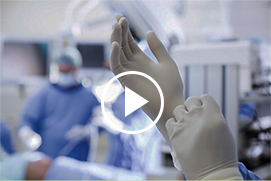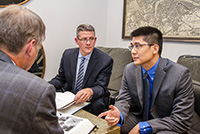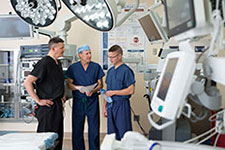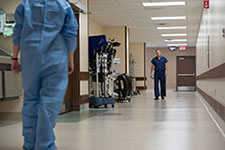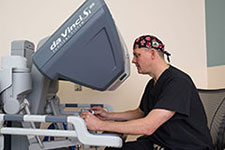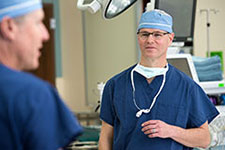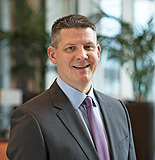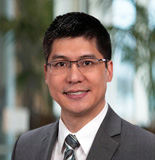Your doctor has discovered that one or several of your parathyroid glands are enlarged. This may be the cause of your primary hyperparathyroidism. The parathyroid glands control the calcium in your blood. Primary hyperparathyroidism causes increased levels of blood calcium (hypercalcemia). This can lead to a number of problems throughout your body. To treat primary hyperparathyroidism, the enlarged gland or glands are often removed with surgery.
Preparing for surgery
After your surgery is scheduled, you’ll be told how to prepare. Follow all instructions, and be sure to ask any questions you have. To prepare for surgery, you may need to:
- Tell your doctor of any medications you’re taking, including over the counter medications, vitamins and supplements. You may need to stop taking certain medications, such as aspirin or ibuprofen, a week or two before surgery.
- Have nothing to eat or drink for 6 to 8 hours before surgery. The doctor will give you specific instructions in advance.
- Arrange for an adult family member or friend to give you a ride home after surgery.
The day of surgery
Arrive for surgery on time. Before going to surgery:
- You’ll need to register. This may be done ahead of time during an earlier visit, online, or over the phone. Have identification and insurance information ready.
- An IV (intravenous) line will be placed in a vein in your arm or hand. This is used to give fluids and medications.
- A doctor or nurse will discuss with you what type of pain medication (anesthesia) you will receive during surgery.
During surgery
You may need one or more parathyroid glands removed. The decision about how many glands to remove is often made during surgery. Be sure to ask your doctor for more information.
Removing the glands
- An incision is made in the neck.
- The enlarged parathyroid gland or glands are found and removed.
- In some cases, all four glands are enlarged. When this happens, three and a half of the glands may be removed. The remaining half gland often makes enough hormone to replace four normal glands. In rare cases, all of the glands are removed. Parts of one gland are then placed in another location in the body, usually in the neck or arm. This is called a parathyroid autotransplantation. The moved gland continues to work from this new location.
- When surgery is complete, the incision is closed with sutures (stitches), strips of surgical tape, or surgical glue.
Risk and complicationsYour doctor will discuss the risks and possible complications of surgery with you. These include:
|
Your recovery
Recovery from parathyroid surgery is usually quick. You may go home on the day of surgery or you may need to stay overnight. Once you’re ready to go home, you’ll be given instructions for how to care for yourself. Follow the instructions carefully.
When to call your doctorCall your doctor if you notice any of the following during your recovery:
|



